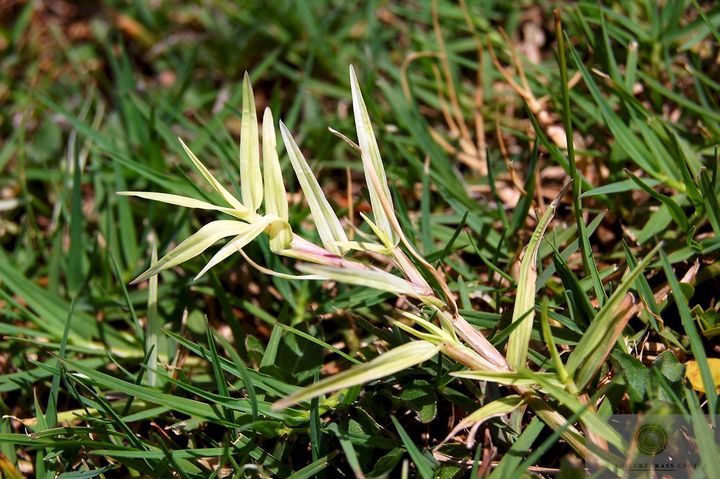Tissue testing and gas mileage

I had an interesting conversation a few weeks ago about turfgrass nutrition. The conversation was wide-ranging, from fertilizer, to soil testing, and then the question came up, “what do you think about tissue testing?”
Well, if you’ve had this conversation with me before (and I’m sure many of you have), you’ll know that I think tissue testing is a great tool for research, but there are four big reasons I don’t like tissue testing as a way to decide which fertilizers to apply.
The topic of the morning: tissue analysis discussion #mlsn OMG @fsr3 @asianturfgrass @rydercup @legolfnational @Hazeltine @ct_turf pic.twitter.com/XcxtZgcUv8
— Alejandro Reyes (@Reyes_golf) September 28, 2016
And in the conversation a few weeks ago, it suddenly occurred to me that tissue testing is a lot like checking gas mileage (or fuel economy, or miles per gallon, or L/100 km, or whatever one likes to call it).
How so? Well, if we look at the tissue test from today (or this morning—but actually we will never get results that fast) to decide which fertilizer to apply tomorrow or sometime in the future, it is just like checking what gas mileage I got from my driving today, and using that to determine tomorrow’s driving strategy.
But no reasonable person would ever do that.
Let’s consider some objectives of driving. Off the top of my head, I think of three.
Move in a safe and timely manner from point A to point B.
Do so as comfortably as possible.
Be able to transport the items I want to transport.
Is gas mileage an important number? Well, it is a useful number. It certainly would be useful in the research I do before I select my vehicle.
However, the mileage fluctuates day to day based on the driving route, the traffic, the materials transported, the driving style, etc. But would it make sense to check the gas mileage at the end of the day, and based on that, adjust how I’m going to drive tomorrow? I don’t think that makes sense, because I want to have a safe and timely drive, as comfortably as possible, while transporting the items I want to transport. Gas mileage isn’t going to affect any of those, but rather is going to be the result of those.
This is similar to making fertilizer recommendations for turfgrass based on tissue testing. What are some objectives of turfgrass management? Off the top of my head:
Produce a sward with the desired surface density.
Establish a growth rate for that surface that meets the objectives for that location and season.
Maintain a surface with the desired playability and with grass plants that are as healthy and stress tolerant/resistant as possible given those playability requirements.
Yesterday’s leaf nutrient content doesn’t help achieve any of that. Knowing the leaf nutrient content, and adjusting fertilizer inputs going forward based on that, is just as useful as checking the gas mileage tonight to decide how I’m going to load my vehicle and drive tomorrow.
Instead of making decisions about what to apply based on tissue testing, what does make sense is applying nutrients based on what is in the soil, or based on the growth rate. The analogy for these recommended techniques would be like adding fuel based on how much is in the tank. That makes a lot more sense to me.